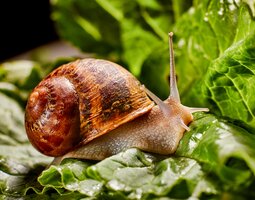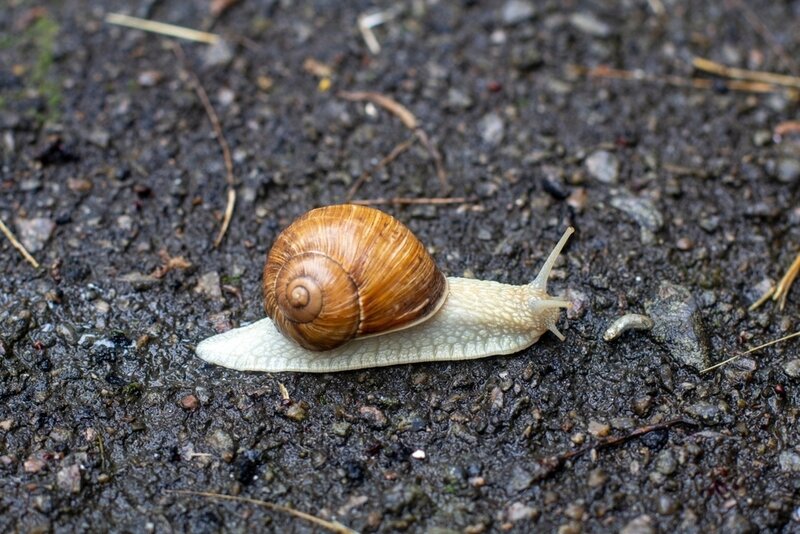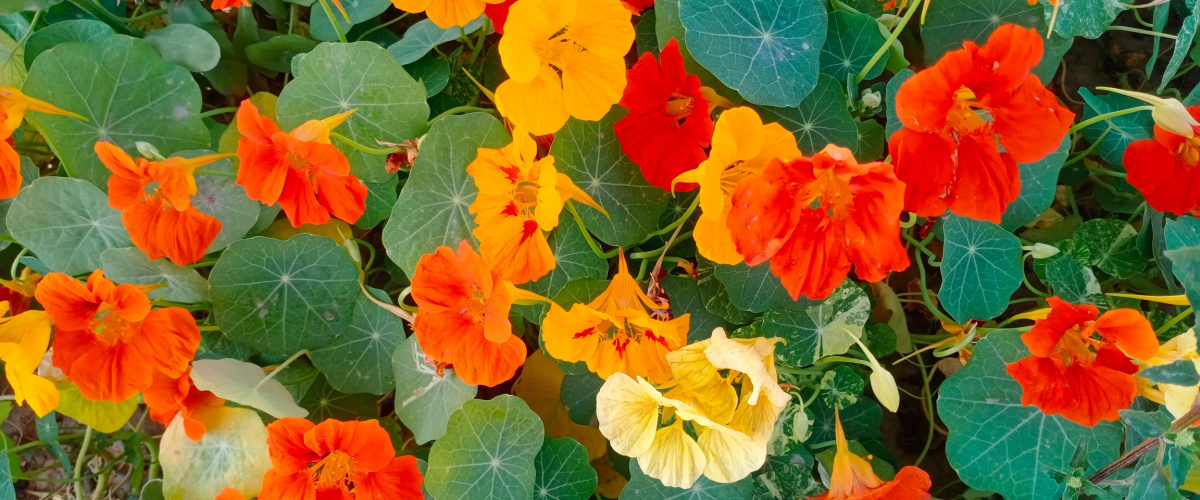How To Stop Slugs and Snails

The warm, sometimes damp weather of spring/early summer is a slug’s paradise – so now is the time to get your slug defences well and truly up. The slimy molluscs top the list of gardeners’ most-hated pests nearly every year as they munch their way through tender, just-planted seedlings and turn young dahlias and sunflowers into lace doilies.
Home Remedies, Do They Work?
Every gardener has their own take on home remedies, but are they really worth investing in? Crushed eggshells, pine bark mulch, horticultural grit, petroleum jelly are just a few common suggestions on how to stop those pesky slugs and snails from destroying your prized plants.
The short answer is no, there is no real evidence to suggest that these remedies protect your plants from being eaten, you’re going to need to try something different.

What Can Be Done?
The most humane way to get rid of slugs and snails is to pick them off by hand, and the best time to catch them will be at night. Either put them in your outside rubbish bin, or collect and release them back into a local woodland area. Throwing them over the garden fence won’t cut it either, we’ve all done it, but your neighbours won’t appreciate it and they’ll find they’re way back eventually!
If you’re looking for an organic way to protect your plants from slugs and snails, then Slug Gone Wool Pellets are the best option for you. Made from 100% British wool this approved product is placed around the top of pots and around plants in your borders. It forms an effective mulch that stops slugs and snails in their tracks as it forms a mat that irritates the slugs foot, so they move away. At Thompson’s we’ve had many gardeners comment on how effect the wool pellets are, and would highly recommend them.
Slug pellets are a powerful way of protecting your plants. This ready-to-use bait is specially formulated to control slugs and snails from all edible and non-edible plants. Simply scatter around the soil or base of the plants, the pellets absorb the moisture, swelling to a more attractive size. After consuming the pellets, the slugs and snails will move away from your plants to die leaving no unsightly traces. Most slug pellets are now environmentally friendly and perfectly safe to use around pets and children, but make sure you always check the label before use.

What else can I do?
Keep particularly vulnerable plants, like seedlings, up on shelves in pots where you can inspect them each evening to make sure no slugs lurk under pot rims. Damp evenings are the best time to go on a slug hunt. Concentrate on plants they particularly enjoy, like hostas and lettuces, and pick them off.
Encouraging natural predators into your garden by creating a wildlife haven can also help. There’s so many plants that you can use to help attract birds who will happily feast on them for free!
Good luck!
